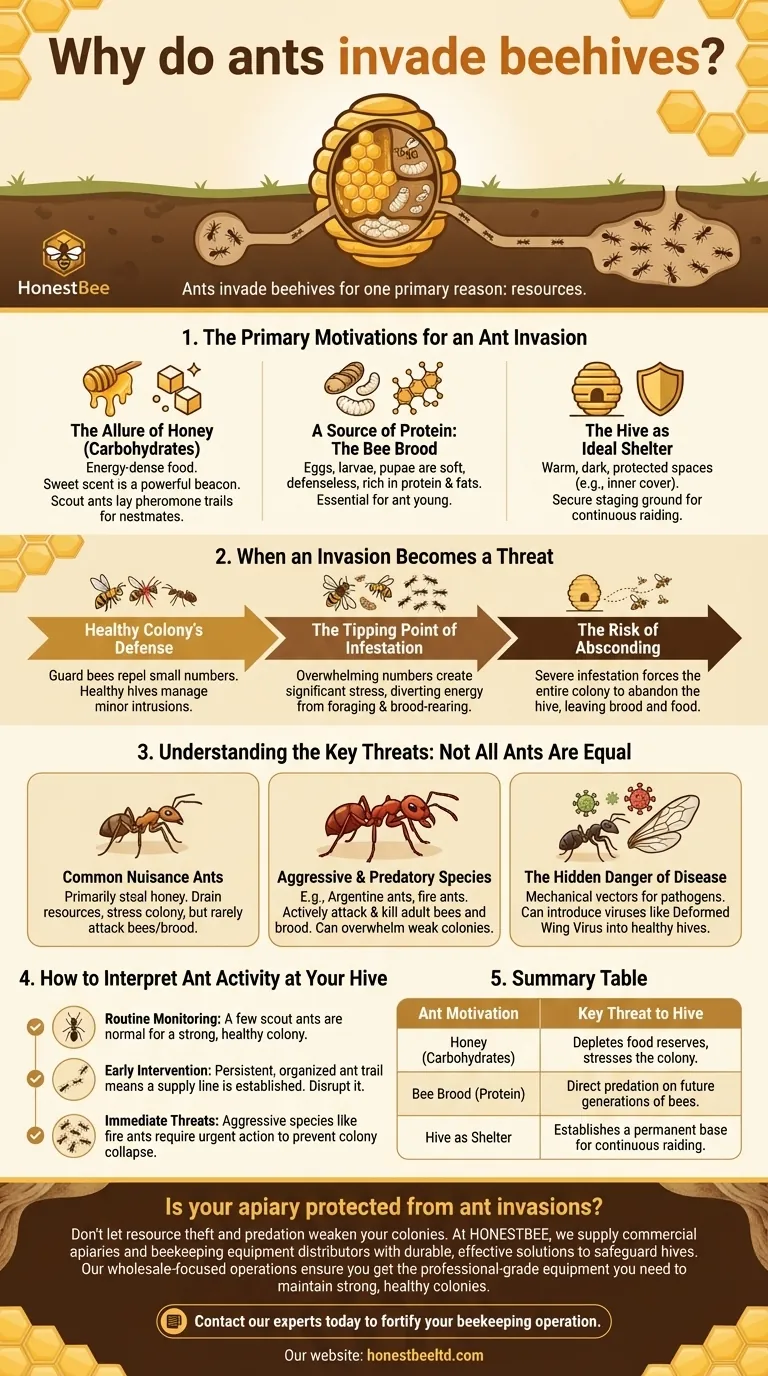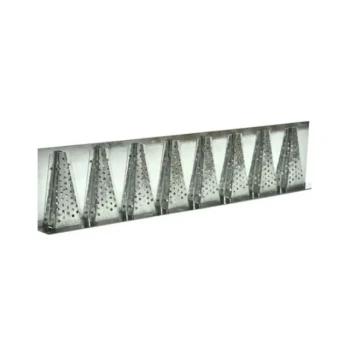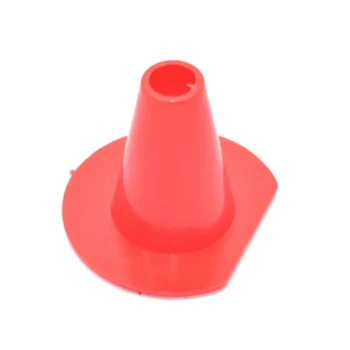Ants invade beehives for one primary reason: resources. They are opportunistic foragers drawn by the powerful scent of honey, a rich source of carbohydrates. While not typically seeking to attack the bees directly, some species will also prey on the vulnerable bee brood for protein, turning a simple theft into a direct assault on the colony's future.
The presence of ants is not merely a nuisance; it's an indicator of the hive's vulnerability. A few ants are manageable for a strong colony, but a large-scale invasion can deplete resources, introduce disease, and ultimately force the bees to abandon their home.

The Primary Motivations for an Ant Invasion
Ants operate on simple, powerful instincts for survival and colony expansion. A beehive represents a concentrated treasure trove of everything they need.
The Allure of Honey
Honey is an incredibly energy-dense food source. The sweet scent acts as a powerful beacon, signaling to foraging ants that a reliable and substantial food supply is nearby.
Once a scout ant discovers this resource, it lays down a pheromone trail, guiding hundreds or thousands of nestmates directly to the hive.
A Source of Protein: The Bee Brood
While sugar is a primary driver, many ant species are omnivores. The hive's brood—its eggs, larvae, and pupae—are soft, defenseless, and rich in the protein and fats essential for raising their own young.
For predatory ant species, the brood chamber is a far more valuable prize than the honey stores.
The Hive as Ideal Shelter
Beyond food, the beehive itself offers an attractive environment. Ants often establish themselves in the warm, dark, and protected spaces within the hive structure, such as the area between the inner cover and the top cover.
This provides them with a secure staging ground from which they can continuously raid the colony's resources.
When an Invasion Becomes a Threat
The impact of ants on a beehive exists on a spectrum, ranging from a minor annoyance to a catastrophic failure of the colony.
The Healthy Colony's Defense
A strong, populous bee colony has a dedicated force of guard bees that can effectively repel small numbers of scout ants. Healthy hives are clean and can typically manage minor intrusions without issue.
The Tipping Point of Infestation
The real threat emerges when the number of ants overwhelms the bees' defenses. A constant stream of invading ants creates significant stress, forcing the bees to divert energy from foraging and brood-rearing to defense.
This continuous battle weakens the colony over time, making it more susceptible to other pressures like disease and pests.
The Risk of Absconding
If an ant infestation becomes severe and unrelenting, the bee colony may make the ultimate decision to cut its losses and flee. This act, known as absconding, involves the entire colony abandoning the hive, leaving behind their brood and food stores.
Understanding the Key Threats: Not All Ants Are Equal
It is critical to distinguish between different types of ant invaders, as the level and nature of the threat they pose vary dramatically.
Common Nuisance Ants
Most common ant species are primarily interested in stealing honey. While a large-scale invasion can drain resources and stress the colony, they do not typically attack adult bees or brood directly.
Aggressive and Predatory Species
Certain species, like Argentine ants and fire ants, are far more dangerous. They are highly aggressive predators that will actively attack and kill both adult bees and the brood, capable of overwhelming and destroying a weak colony in a short time.
The Hidden Danger of Disease
Perhaps the most overlooked threat is disease transmission. Ants that move between different locations can act as mechanical vectors for pathogens.
Aggressive species are known to carry viruses, such as the Deformed Wing Virus, and can introduce them into a previously healthy hive, creating a new and devastating internal problem for the bees.
How to Interpret Ant Activity at Your Hive
Observing ant behavior is the key to understanding the level of risk and determining the appropriate response.
- If your primary focus is on routine monitoring: Seeing a few scout ants near the hive is normal and generally not a cause for alarm, provided the bee colony is strong and healthy.
- If your primary focus is on early intervention: Noticing a persistent, organized trail of ants entering the hive means they have established a successful supply line and measures should be taken to disrupt it.
- If your primary focus is on immediate threats: Identifying aggressive species like fire ants requires urgent action to protect the colony from direct predation and potential collapse.
Understanding why ants are present is the first step in effectively protecting your colony's health and stability.
Summary Table:
| Ant Motivation | Key Threat to Hive |
|---|---|
| Honey (Carbohydrates) | Depletes food reserves, stresses the colony. |
| Bee Brood (Protein) | Direct predation on future generations of bees. |
| Hive as Shelter | Establishes a permanent base for continuous raiding. |
Is your apiary protected from ant invasions? Don't let resource theft and predation weaken your colonies. At HONESTBEE, we supply commercial apiaries and beekeeping equipment distributors with durable, effective solutions to safeguard hives. Our wholesale-focused operations ensure you get the professional-grade equipment you need to maintain strong, healthy colonies. Contact our experts today to fortify your beekeeping operation.
Visual Guide

Related Products
- Professional Galvanized Hive Strap with Secure Locking Buckle for Beekeeping
- Black Plastic Beetle Barn Hive Beetle Trap for Beehives
- 8-Cone Galvanized Steel Bee Robber Guard
- Metal Queen Bee Excluder for Beekeeping
- Beehive Entrance Discs Plastic Bee Entrance Disc for Bee Hives
People Also Ask
- What are the types of Emlocks available? Choose the Right Strap for Hive Security
- Can straps with hook ends be used for beehives? A Guide to Secure Hive Management
- What is the best length for straps used around beehives? Why 12 Feet is the Industry Standard
- What is the advantage of using cam buckle straps? Secure Your Load Fast with Simple, Safe Tensioning
- What are hive straps and why are they used? Secure Your Hives Against Wind, Predators, and Transport



















